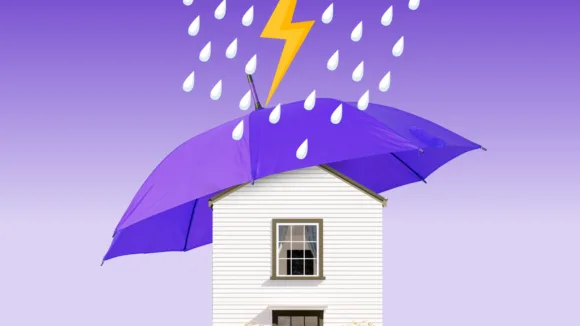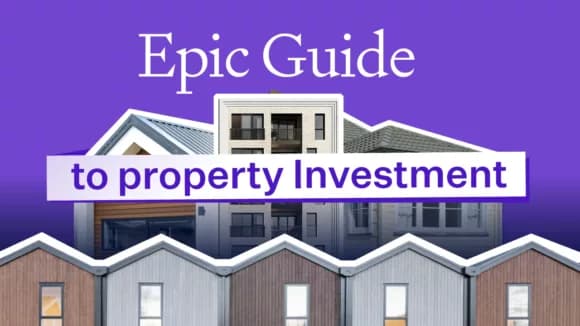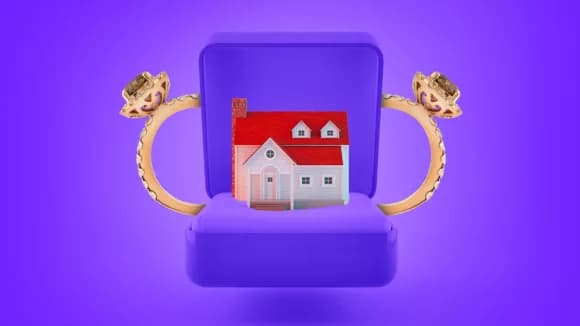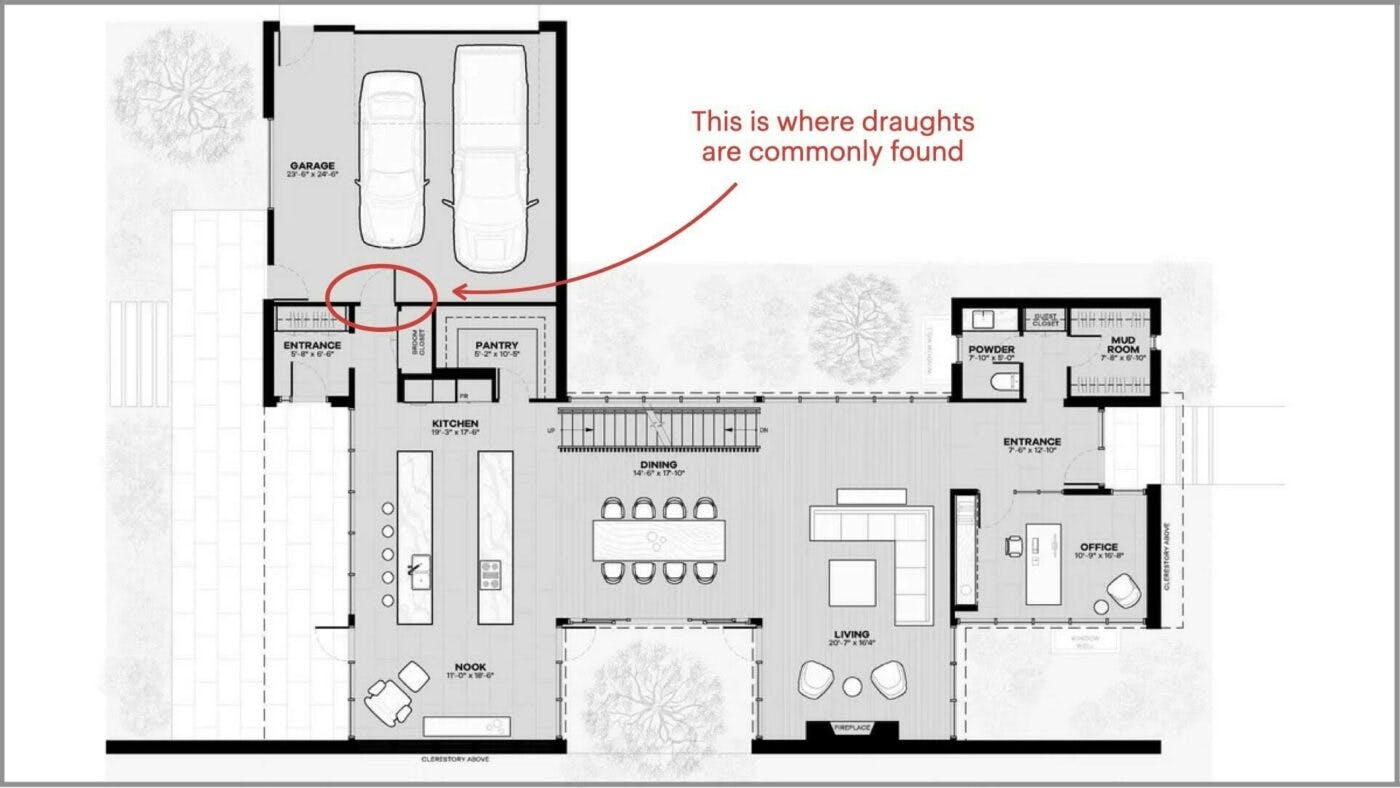#2 Insulation
Ceiling and underfloor insulation have been compulsory in all rental homes since July 1, 2019.
The Healthy Homes Standards go further, setting a minimum R-value for insulation.
The R-value measures how well the insulation resists heat passing through it.
Underfloor insulation across the country needs an R-value of at least 1.3. Ceiling insulation must be at least 120mm thick.
However, the R-value of ceiling insulation depends on where the rental property is in the country.
In Auckland and Northland, where temperatures are warmer, the minimum R-value for ceiling insulation is 2.9.
For the whole South Island and the Central North Island, the minimum is 3.3. And for the rest of the North Island, the minimum is 2.9.
A property might fail this standard because insulation has become less effective, or thinner over time.
That’s where you may need to top up the insulation, adding extra material on top of what’s already there.









